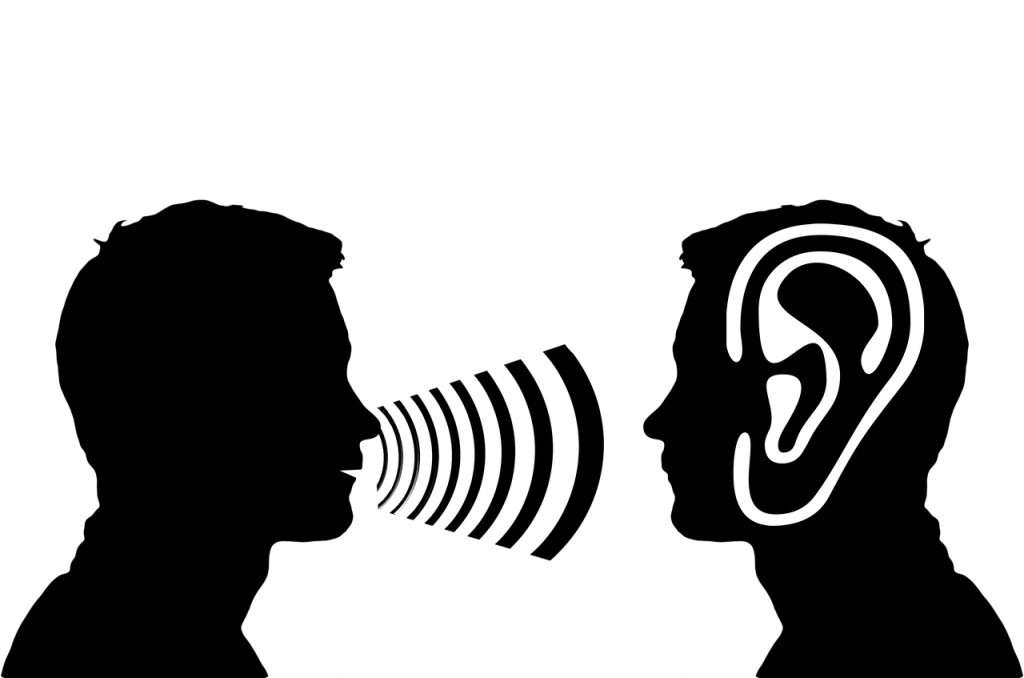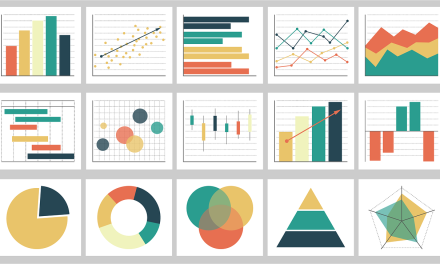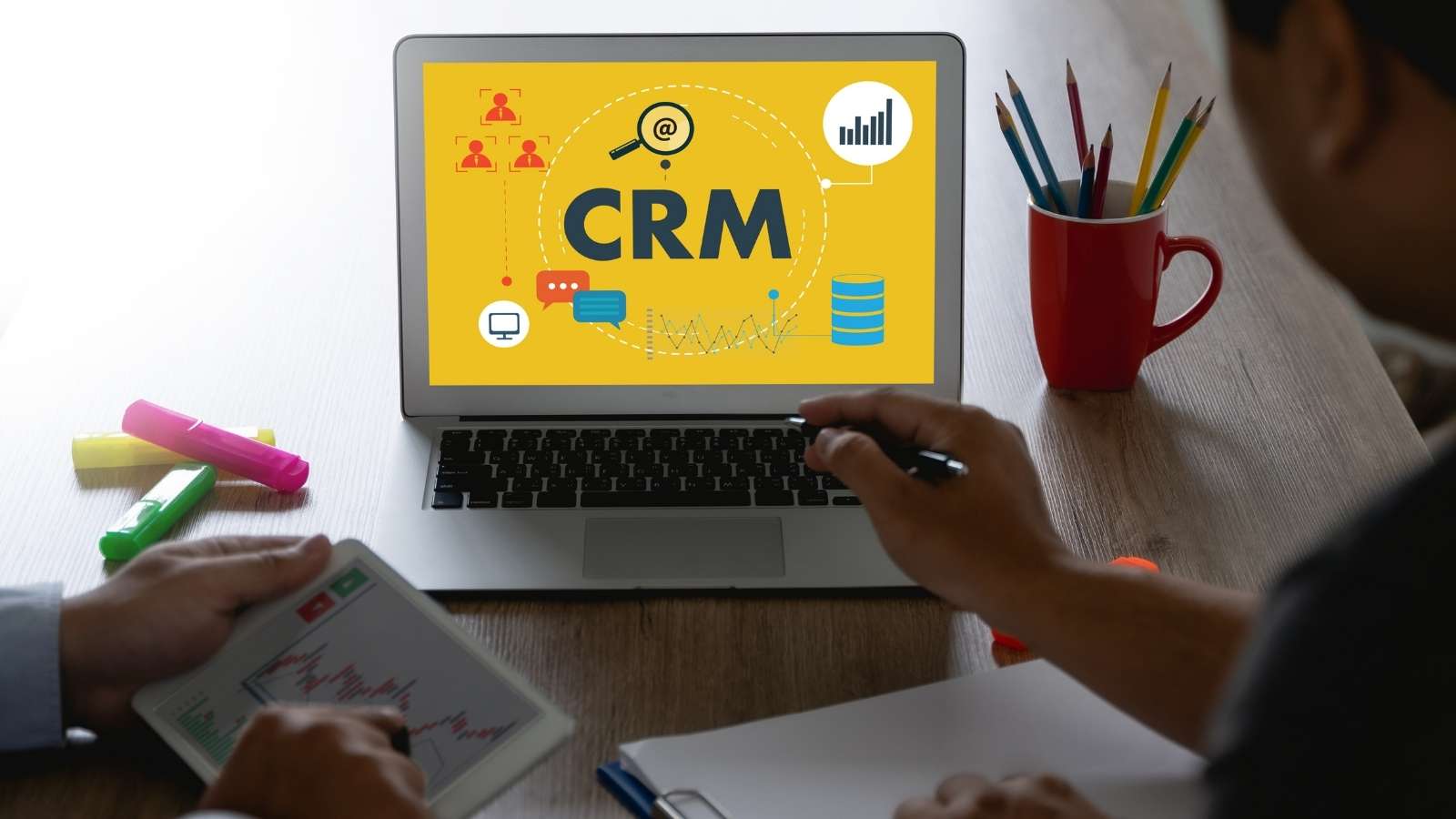Why are 62% of organizations using social listening to enhance audience understanding? Because it works and delivers concrete results. As we say goodbye to third-party data, social listening is one of the ways for marketers to gather valuable data on key audience segments. Let’s take a closer look.
What is social listening?
It is the process of analyzing online conversations about your brand or your industry to get a deeper understanding of audiences. Though it focuses primarily on social media platforms, it could also be expanded to include comments on your website, conversations via email or phone, and mentions of your brand across other online locations.
Understanding your audience better is obviously valuable, but the true value comes with what you do with your data. Social listening offers such benefits as:
Increasing brand recognition
When you know what people are saying about your brand, you better understand audience perception. Do people fully understand the benefits of your offer and values. Maybe you can modify your messaging to be more specific and persuasive across your marketing efforts.
Advanced social media performance analytics
Are your messages reaching the right people in the right way? Sure, you can see engagement, shares or reach data – but more detailed input will help you to see what people are thinking and how they’re behaving. This is truly valuable data.
More importantly, increased engagement shows that you’re doing something right. It can sometimes be hard to tell (some mystical change in the algorithms?) but comments and reviews can help you understand exactly why. Likewise, a slump in social engagement inevitably has its causes. What are people saying?
Improving customer experience and service
What can you do with this new data? Make your product, service and the whole experience better. Your audience is telling you what they like or dislike. This is gold! But only if you listen and act.

Competitor research
The beauty of social media is that all the comments are out there. What is your target audience saying about similar or competing products and services? This magnifies the amount of valuable data you can gather.
Tracking marketing campaigns
There are many metrics you can use to gauge your campaign success, but the best data is when a target customer gives specific feedback that helps you to modify the campaign or create future campaigns. It doesn’t get better than that.
Identifying brand ambassadors or potential influencers
Some people are more vocal. They have more to say and, importantly, other customers are listening or responding to them. These people are your friends and will respond well if you approach them for more detailed feedback. It’s even possible they could become your ambassadors. Meanwhile, influencers who have engaged with your brand could give you a wider reach than ever.
Sourcing inspiration for content creation
Your customers might make comments like “This is great, but . . .” They might even post user-generated content that will help you understand how they see and interact with your brand. This, too, is highly valuable as you work on new content. Meanwhile, shares and links could reveal what the latest trends are.
More effective reputation management
Sometimes things go wrong. If people don’t like an aspect of your product or an element of your campaign, you need to react quickly and decisively to diffuse the problem and understand what caused it. This is particularly important with Millennials and Gen Z, who expect to be in dialogue with their chosen brands.
Customer acquisition and lead generation
Targeted social listening can help you identify comments containing key phrases such as “I’m looking for . . .” or “Who offers the best . . . ?” etc. You can fill in the blanks to trawl social media for the people who need your brand but may not know it exists. Remember, however, to be specific in what you search for if you want to avoid thousands of irrelevant hits. “I’m looking for a creative agency” is not the same as “I’m looking for a creative agency specializing in data-based marketing.”
How to do social listening
First, you need to decide why you’re listening and what you need to hear. It could get confusing pretty quickly if you just look at everything people are saying without a strategy. There will be a lot of noise (trolls, scammers etc.) and not all of it is relevant or useful. Establish a set of questions to answer in your social listening. They could include:
- How does your audience feel about your brand/offer?
- How do they feel about your competitors?
- What topics or aspects do people discuss online?
- What are their primary needs, desires, and goals?
- What are the main challenges or complaints?
- Is there a pattern in the kinds of questions being asked?
- What form of communication does your audience prefer?

Also, try to focus your attention. You could look at one campaign, one product line, one audience segment or one territory. This will help to isolate the data that’s most useful for your needs.
Naturally, you won’t want to spend your days looking through endless social media postings. That’s why there are many tools to automate your social media listening and search for the phrases, hashtags, keywords and patterns you’re seeking. They include solutions such as Hootsuite, Adview, Talkwalker, Synthesia. Mentalystics and Audiense.
Listening and speaking
While it’s true that Gen Z and Millennials like an interactive relationship with their preferred brands, this doesn’t mean they like being “spied on.” You might be tempted to approach a person who has asked their Facebook group, “Who knows where I can buy a good . . . ?” with a direct offer, but it could have the opposite effect that you’d hoped for. Social media is social for most people: they are talking to friends, learning or seeking entertainment. Ads and corporate activity are typically a downside for them. Your challenge is to change that.
As well as listening, you need to learn how effective dialogue works. It’s a conversation between equals rather than a brand selling to a customer. Your opportunity is to develop a relationship. How? You can start by building awareness of and/or trust in the brand. Give the person some useful or interesting advice without trying the hard sell. If they are looking for sustainable clothing, you might say something like, “Did you know that EcoDenim uses 45% less water in its production process?”
Encourage more conversation by asking questions. If someone has taken the time to make a comment – positive or negative – it means they care. They might be delighted to know that your brand is interested in their opinions. Other users will also see this and be encouraged to participate in the conversation.
Social listening and influence
If you find a particular group or community that seems to be full of existing or potential customers, resist the urge to join that group and start marketing! It makes more sense to connect with the influential creators or participants in that space, who may introduce you if your questions and content are interesting. They will be bringing something to their group rather than you crashing it!
It could also be a good idea to reach out to influencers in your market. You could simply approach them with an offer, but it might also be a good idea to start a conversation first. Give them some valuable information and they might share some insights with you about your target market. It might not end in collaboration, but an important person is now on your team.
The challenges
It’s easy to create and send out some posts with relevant hashtags (though not always effective). It’s more difficult to engage with individuals and provide useful, personalized content that doesn’t overtly sell. This kind of marketing has to be subtle and bespoke, so you’ll need to dedicate skilled resources to it. If done badly, it could have the opposite effect than you intended.
Social listening will provide you with a lot of data. Handling, processing, organizing and communicating that data to be used in an effective strategy is a different task. You need to stay up to date and keep a close eye on patterns. Again, a part of your team will need to closely address this work.
You could also save yourself some trouble and hand your social listening to a partner who is able to gather, process and transform your social listening data into actionable strategy. That’s what Bucksense does. We’d be happy to help.










